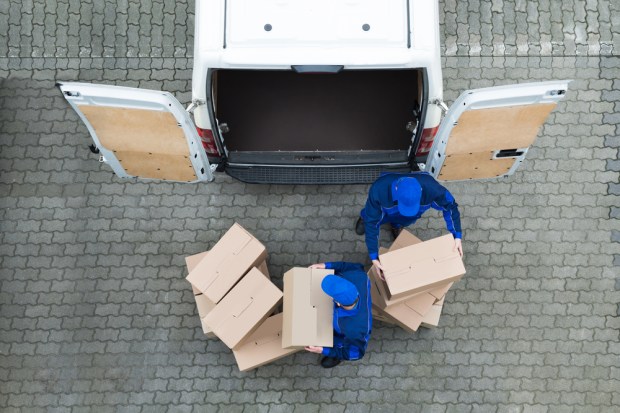How Smaller Merchants Can Get Amazon-Style Logistics

Divey Gulati knows firsthand how challenging it can be for eCommerce merchants to fulfill and mail orders. After all, Gulati and a co-founder once had their own eCommerce business.
“We were in those shoes in 2013 [and] 2014 when we were running our own eCommerce store,” ShipBob Co-Founder Divey Gulati told PYMNTS in an interview. “We had our full-time jobs, and we were growing our eCommerce business on [the] side.”
While Gulati and his co-founder managed to automate practically every function, there was just one piece of their business they couldn’t wrap their heads around — shipping and logistics.
As a result, Gulati helped build ShipBob, which provides merchants with Amazon-style logistics. An end-to-end fulfillment solution, the company provides warehousing for customers and package delivery in one to two business days, along with additional software features that help merchants manage their inventory.
Merchant Platforms
To reach merchants, ShipBob integrates with platforms sellers already use. For instance, ShipBob works with sites like Shopify and Squarespace.
“These are the platforms where these eCommerce businesses set up their websites,” Gulati said. And, once they have a website that sells merchandise, “the next obvious thing is to ship these goods to the end consumers.”
As a result, ShipBob has a combination of software and physical infrastructure. It’s able to tell what inventory merchants have in real time, so it can push transit time back to a merchant’s website.
The service comes as Amazon has made consumers accustomed to having items arrive at their doorsteps within two days of ordering. “That’s the customer expectation,” Gulati said.
And that was exactly what Amazon Founder Jeff Bezos predicted when he first launched Amazon Prime, which offers the two-day shipping perk: “Amazon Prime takes the effort out of ordering: no minimum purchase and no consolidating orders,” Bezos wrote in a letter posted on the company’s website in 2005. “Two-day shipping becomes an everyday experience rather than an occasional indulgence.”
Since then, Amazon has become such a dominant powerhouse that other retailers have had to emulate its shipping strategies. Bezos’ self-fulfilling prophecy turned out to be right. Two-day shipping is no longer the exception for many eCommerce customers: It’s the rule.
Fulfillment Centers
The goal behind ShipBob is not to have merchants pay significant amounts of money for next-day or two-day shipping. The company aims to have them use ground shipping pricing.
To do that, ShipBob has six fulfillment centers across the U.S. As a result, the company is able to distribute the inventory closer to the end customer, presumably taking advantage of ground shipping.
“It’s about reducing transit time while saving money,” Gulati said.
The fulfillment centers are located on the edges of metropolitan areas such as Chicago, New York and Dallas. These centers are either within cities or just outside. ShipBob’s latest center will be in Cicero, a suburb of Chicago, and will have around 100,000 square feet of space.
Other companies are making similar moves. In fact, buying land on which to build a warehouse is becoming an increasingly pricey proposition. As two-day shipping becomes heavily favored among consumers, eCommerce firms are under mounting pressure to locate their warehouses and distribution centers as close to their customer bases as possible.
According to reports from technology news source Recode, that means these firms need large tracts of industrially zoned land near major cities — something that is not easy to come by. Though construction is starting to meet demand, according to reports, it’s difficult to keep up the pace.
The Road Ahead
In the future, ShipBob is looking to offer additional features, and it wants to find out what other software features merchant needs.
The company is also eyeing same-day delivery, since the market is trending strongly toward same-day delivery. According to the “2017 Digital Commerce Benchmark Survey,” conducted by Boston Retail Partners, some 65 percent of retailers will offer same-day delivery within the next two years.
As of 2017, 51 percent of retailers said they offer same-day delivery, a massive jump from the 16 percent offering it only a year before. Increasingly popular and helping to make those same-day deliveries happen, third-party apps like Uber and Lyft have moved up from 20 percent of the same-day market to 32 percent over 12 months.
In all, consumers want their purchases on their doorsteps faster than ever before. Two-day shipping just may not cut it in the future.
“Same day, next day,” Gulati said. “The world is moving toward getting things now.”
